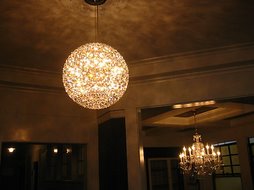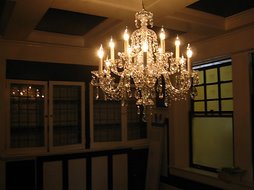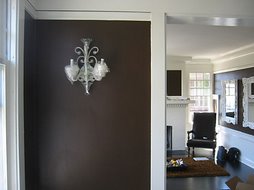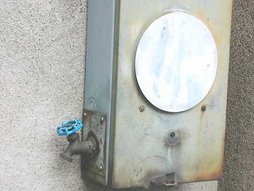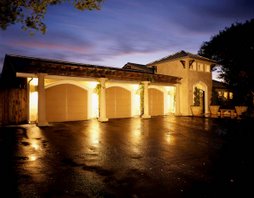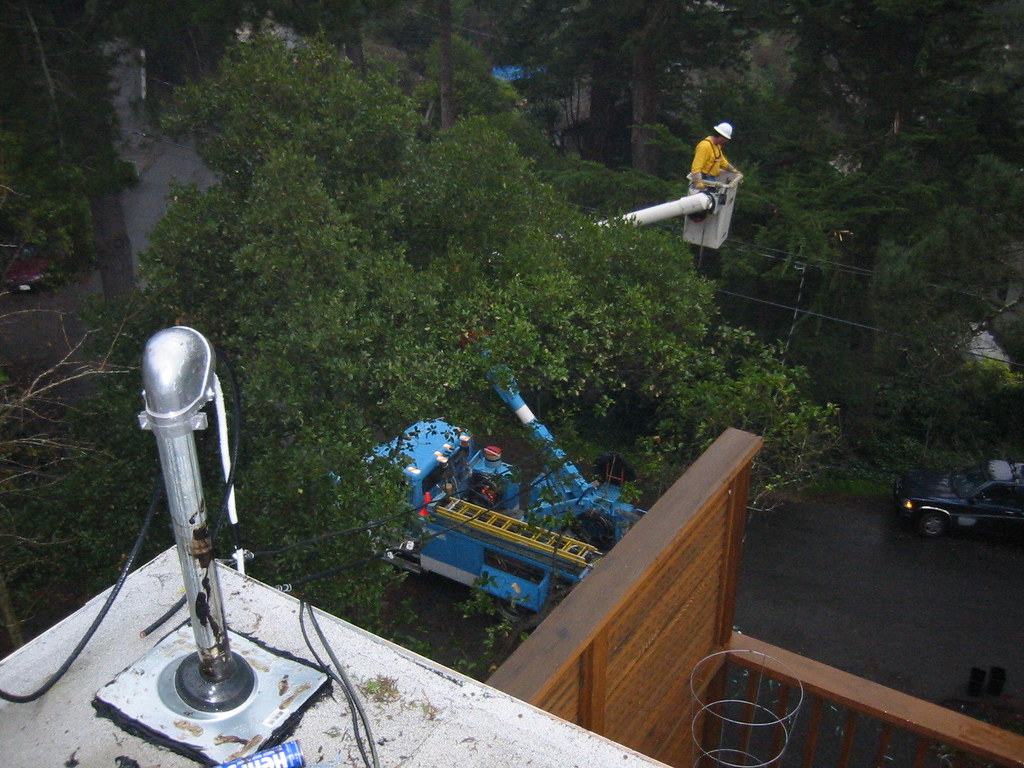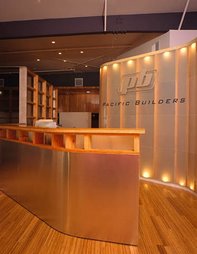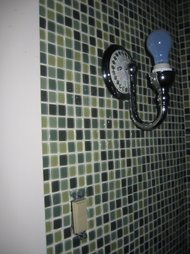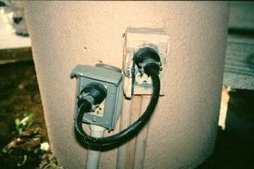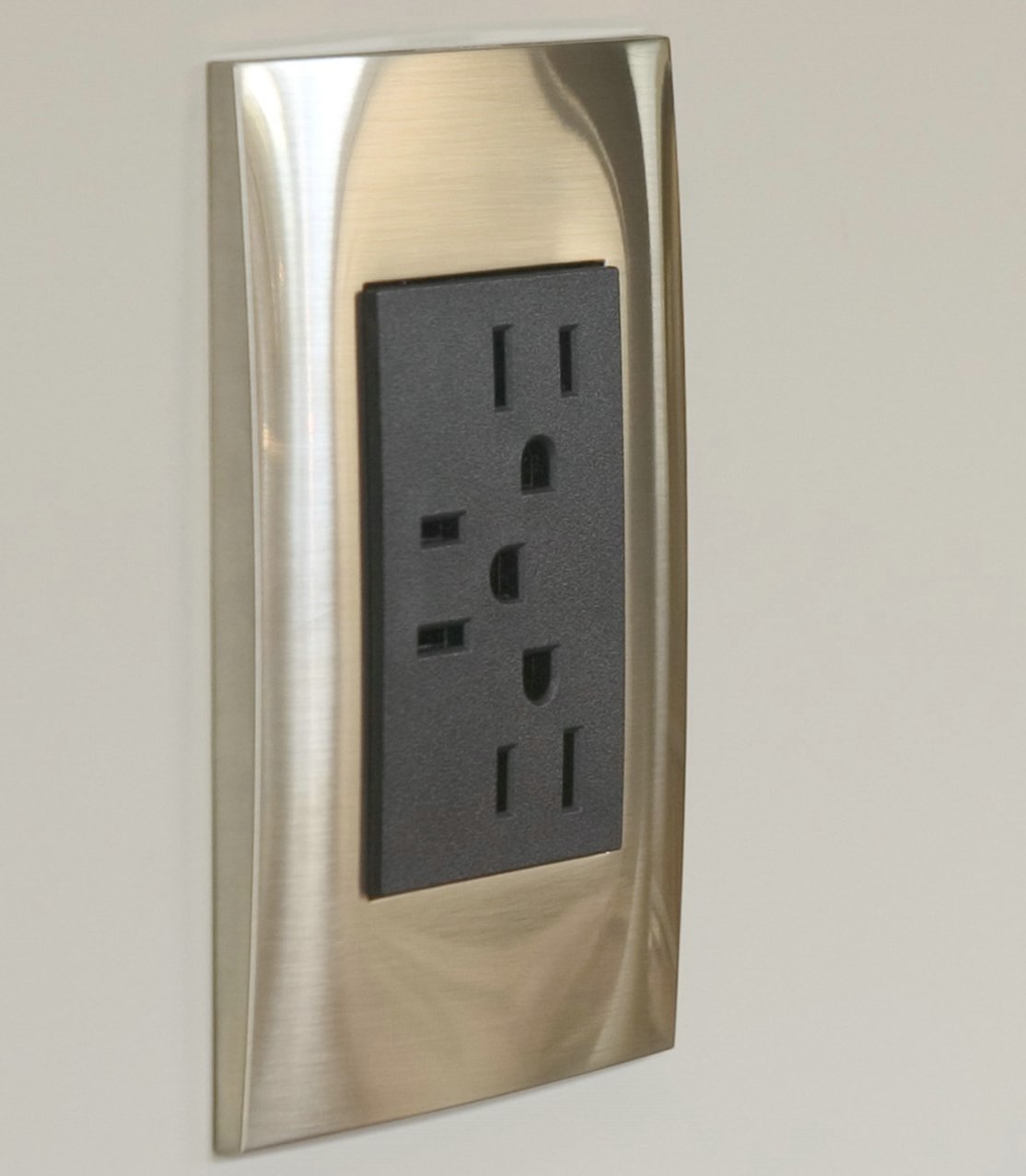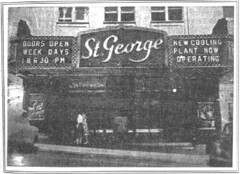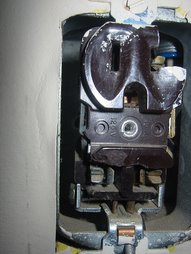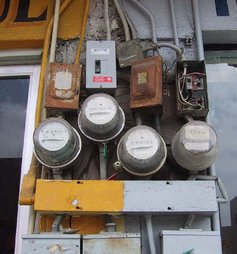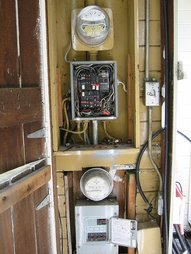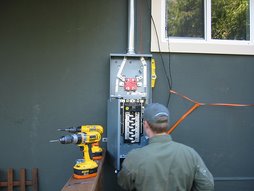Cheaters and other distinctions
What's the concern with tandem circuit breakers?
When tandem circuit breakers are used in locations where they're not allowed, they could make an improper physical connection to the bus bar in the panelboard, which can create a fire hazard. Tandem circuit breakers also increase the total load on the bus bars in a panelboard; this is where professionals need to use common sense.
 For panelboards manufactured before adoption of the Class CTL standard, non-Class CTL tandem circuit breakers are allowed to be installed as replacement circuit breakers only. Non-Class CTL tandem circuit breakers do not have the ‘rejection’ feature that Class CTL breakers have. As clearly indicated by the label on the side of the circuit breaker pictured below, these circuit breakers are not allowed in ClassCTLpanelboards. The difficulty for home inspectors is that the marking is not usually visible after installation, and home inspectors aren't supposed to pull out circuit breakers to try to figure this stuff out.
For panelboards manufactured before adoption of the Class CTL standard, non-Class CTL tandem circuit breakers are allowed to be installed as replacement circuit breakers only. Non-Class CTL tandem circuit breakers do not have the ‘rejection’ feature that Class CTL breakers have. As clearly indicated by the label on the side of the circuit breaker pictured below, these circuit breakers are not allowed in ClassCTLpanelboards. The difficulty for home inspectors is that the marking is not usually visible after installation, and home inspectors aren't supposed to pull out circuit breakers to try to figure this stuff out.For Replacement Use Only not-CTL –
The Class CTL (circuit limiting) panelboard has only been in existence since 1980, even though the lighting and appliance branch circuit panelboard has been in the NEC for decades. CTL panelboards have a rejection means designed to reject more than the appropriate number of circuit breakers that can be installed in the panel.
The marking “For replacement Use Only Not CTL Assemblies” means that the circuit breaker does not have CTL rejection provisions and is intended for replacement in older equipment pre-dating the CTL requirements for circuit breakers and panelboards. Circuit breakers with this designation should not be installed in a panelboard marked “Class CTL Panelboard” since that would be a violation of the listing of the assembly [NEC 110.3(B)].









